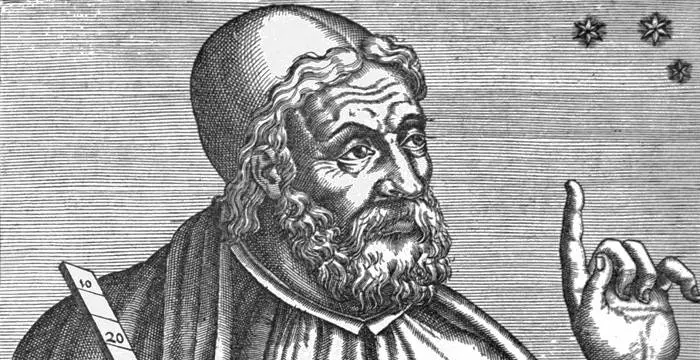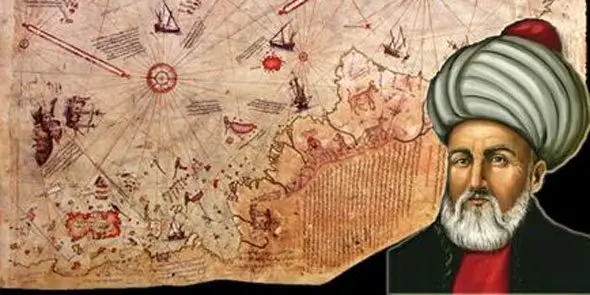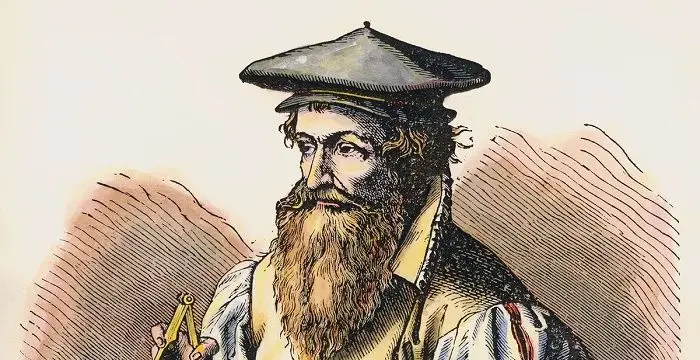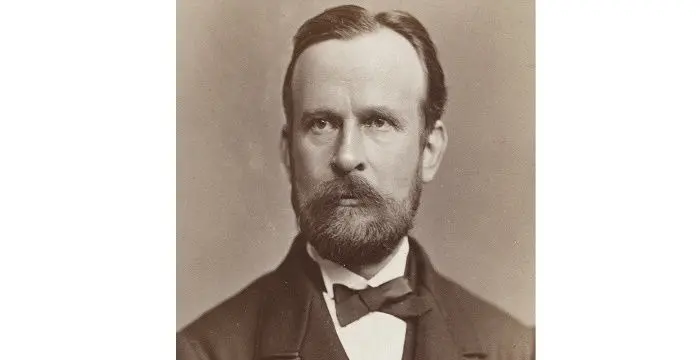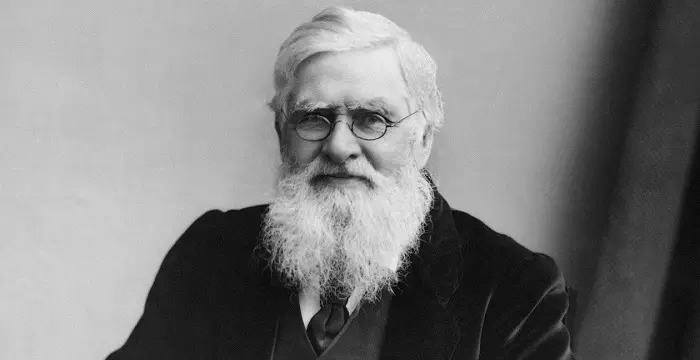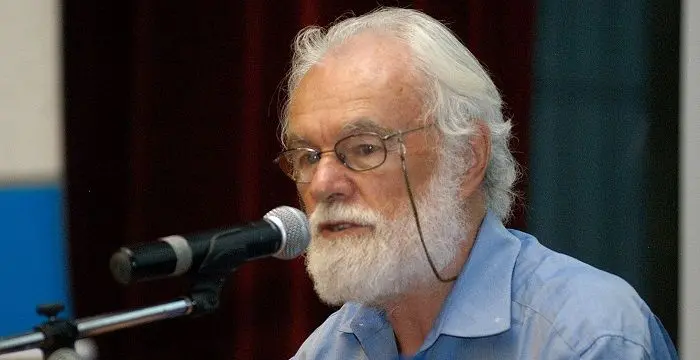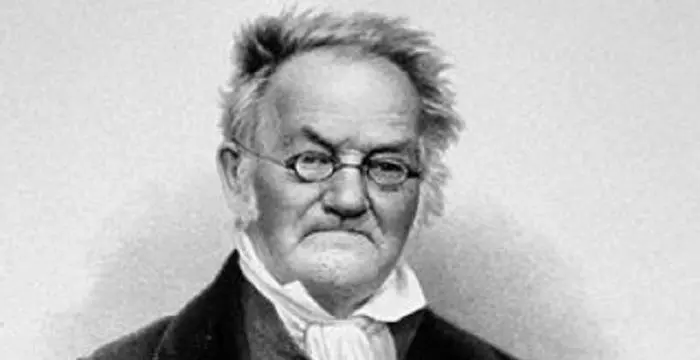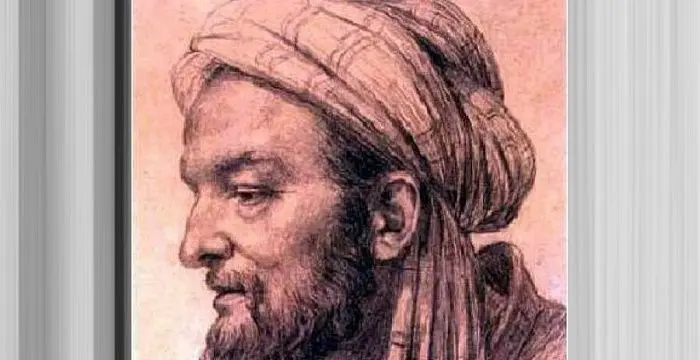
Muhammad al-Idrisi - Traveler, Birthday and Family
Muhammad al-Idrisi's Personal Details
Muhammad al-Idrisi was a Muslim cartographer, geographer, traveler and Egyptologist
| Information | Detail |
|---|---|
| Birthday | 1100 |
| Died on | January 1, 1165 |
| Nationality | Moroccan |
| Famous | Intellectuals & Academics, Geographers, Cartographer, Moroccan Men, Traveler |
| Known as | Abu Abd Allah Muhammad al-Idrisi al-Qurtubi al-Hasani al-Sabt, Al Idrisi |
| Birth Place | Ceuta, (present-day Spain) |
| Gender | Male |
| Born in | Ceuta, (present-day Spain) |
| Famous as | Cartographer, Geographer, Traveler |
| Died at Age | 65 |
// Famous Cartographer
Claudius Ptolemy
Ptolemy was a prominent Greek astronomer and geographer. Read through the article to know more about Ptolemy’s profile, childhood and life.
Piri Reis
Ahmed Muhiddin Piri, better known as Piri Reis, was an Ottoman admiral, geographer, and cartographer. This biography profiles his childhood, life, career, campaigns, work, and gives some fun facts.
Gerardus Mercator
Gerardus Mercator was a famous Flemish cartographer during the Renaissance period. This biography profiles his childhood, life, work, achievements and timeline.
Muhammad al-Idrisi's photo
Who is Muhammad al-Idrisi?
Muhammad al-Idrisi also known as Abu Abd Allah Muhammad al-Idrisi al-Qutubi al-Hasani al-Sabti was a Muslim cartographer, geographer, traveler and Egyptologist famous for his travels all over Europe, Africa and Asia and mapping the regions he travelled in. The maps drawn by him were often corrections of the existing maps at that time which showed inaccurate geography of the regions in question. He was the descendant of a long line of Princes, Sufi leaders and Caliphs down to the Prophet Muhammad. He was the immediate descendant of the ‘Hammudis’ who ruled Andalusia around 1016 to 1058 AD and were an offshoot of the ‘Idrisids’ who ruled during the period 789-985 AD. He acquired geographic information by sending men to far off lands accompanied by draftsmen. When these men returned with the information about these lands he used the data collected by them to update the geographical treatise he had created with the information received from Greek and Arabic geographers. He took almost eighteen years to compile all the information and create a map of the world which was very accurate and had never been created before. This map was one of his greatest creations in the pre-modern era. The voluminous treatise has a large amount of detail about Europe in the 12th century.
// Famous Traveler
Ferdinand von Richthofen
Ferdinand Freiherr von Richthofen was a German geographer, geologist and traveler. This biography provides detailed information about his childhood, life, explorations, achievements and timeline.
Childhood & Early Life
Muhammad al-Idrisi was born in the Andalusian city of Ceuta, a Spanish enclave in Morocco, in 1100 AD where his grandfather had settled after fleeing from Malaga in the year 1057 AD.
Al-Idrisi was the descendant of Idrisid, the ruler of Morocco, who was a direct descendant of Hazrat Hasa, the grandson of Prophet Muhammad.
He studied for a number of years in at the University of Cordoba, Spain, also known as Al-Andalus, which was famous for its Spanish Muslim scholars. He spent much of his early life in travelling through Spain and North Africa to acquire geographical knowledge about the regions.
He travelled to Anatolia or Asia Minor when he was barely sixteen-year-old.
He covered the Muslim regions in many parts of Europe in his travels which included the Pyrenees, the French coast on the Atlantic, Portugal, Hungary and York in England.
With the information he collected from his travels in Europe, Asia and Africa, he could create a rough map of the whole world.
Career
Muhammad aI-Idrisi taught geography at Constanine, Algeria at one point of time.
He had to move to Palermo, Sicily, as the environment in Andalusia was unstable and conflict-ridden. There he joined Abu al-Salt and other contemporary people. He was welcomed by the Normans who had overthrown the Arabs loyal to the ‘Fatimids’ and allowed some of the Muslims to stay on in exchange of the knowledge they provided.
Al-Idrisi used the information gathered by explorers and Islamic merchants, Islamic maps, Norman voyagers and his own knowledge while traveling in Africa, the Far east and the regions of the Indian Ocean to create the most accurate maps to be found during the time before the modern age.
He stayed at the court of the Norman king Roger II of Sicily for eighteen years and in 1154 AD created a map of the Eurasian region containing a part of North Africa, western Asia and Southern Europe for the King. The map was created on a pure silver disk almost 80 inches in diameter weighing almost 300 pounds and had legends written in Arabic. The book accompanying the map is known as the ‘Book of Roger’.
He corrected the wrong interpretation of the Indian Ocean enclosed by land on all sides and the wrong concept that the Caspian Sea was a part of the larger ocean. He also determined the course of the rivers Danube and Niger in his maps. In his opinion the Southern hemisphere was so hot that it was inhabitable.
He also created an enlarged version of the book for William I, Roger’s son and successor, but this work was lost.
He left Sicily in 1161 AD probably due to the Anti-Muslim riots that took place.
Later he made a world map on a sphere weighing almost 400 kilos. He recorded the seven continents with their major cities, rivers and lakes and trade routes on this global map which was perhaps the most accurate map created in the Middle ages. He incorporated the five different climatic zones - one torrid, two temperate and two cold zones in his map.
Unlike the belief in the Christian world that the Earth was a flat plate-like formation, Muhammad al-Idris was the first person to claim that the Earth was round, waters adhered to its surface, and was surrounded by a blanket of air.
He even calculated the circumference of the Earth to be 22,900 miles which was off by only eight percent from the calculations made during the modern times.
Islamic geographers such as Ibn Khaldun, Piri Reis and Ibn Battula were all inspired by the maps drawn by Muhammad al-Idrisi. Explorers like Vasco Da Gama and Christopher Columbus consulted maps drawn by Muhammad before starting on their voyages.
His comprehensive work with the title ‘Rawd-Unnas wa-Nuzhat al-Nafs’ provides a lot of accurate details about Sudan, the Niger above Timbuktu and the river Nile. He corrected the earlier mistakes about the location of the lakes from where the Nile started its journey and the path it followed. His earlier representations of the river do not differ very much from a modern map. His maps were considered a standard for almost three centuries.
He had found that not much had been added to the knowledge of medical plants since the time of the Greeks. He collected medicinal plants wherever he went and added them to the existing list in various languages such as Latin, Berber, Arabic, Hindi, Greek and Persian.
Major Works
An abridged version of ‘Kitab Nuzhat al-mushtaq fi dhikr al-amsar wa-al-aqtar wa-al-budan wa-al-juzurwa-al-mada in wa-al-afaq’ was translated into Latin and published in Rome in 1592 AD, translated into French and published in Paris in 1619 AD. The complete Arabic text of the book was translated into French by Pierre Amedee Jaubert in the middle of the nineteenth century. A critical edition of the full Arabic text was published in 1970.
His book ‘Rawd-Unnas wa-Nuzhat al-Nafs’ was a detailed account of the Niger, Sudan and Egypt especially the river Nile.
The book ‘Kitab al-Jami-li-Sifat Ashtat al-Nabatat’ is based on medical plants. He also wrote books on fauna and on zoology and was an accomplished poet.
Personal Life & Legacy
Muhammad al-Idrisi died in Ceuta, Morocco, in the year 1166 AD. Not much is known about his later life.
// Famous Moroccan Men
Hicham El Guerrouj
Hicham El Guerrouj is a retired Moroccan runner who is a two-time Olympic gold medalist. Check out this biography to know about his childhood, family life, achievements and fun facts about his life.
Muhammad al-Idrisi biography timelines
- // 1100Muhammad al-Idrisi was born in the Andalusian city of Ceuta, a Spanish enclave in Morocco, in 1100 AD where his grandfather had settled after fleeing from Malaga in the year 1057 AD.
- // 1154He stayed at the court of the Norman king Roger II of Sicily for eighteen years and in 1154 AD created a map of the Eurasian region containing a part of North Africa, western Asia and Southern Europe for the King. The map was created on a pure silver disk almost 80 inches in diameter weighing almost 300 pounds and had legends written in Arabic. The book accompanying the map is known as the ‘Book of Roger’.
- // 1161He left Sicily in 1161 AD probably due to the Anti-Muslim riots that took place.
- // 1166Muhammad al-Idrisi died in Ceuta, Morocco, in the year 1166 AD. Not much is known about his later life.
// Famous Geographers
Jabir Ibn Hayyan
Jabir Ibn Hayyan was a medieval era polymath. Check out this biography to know about his life, works and achievements.
Hipparchus
Hipparchus was a Greek astronomer and mathematician. This biography profiles his childhood, life, achievements and timeline.
Alfred Russel Wallace
Alfred Russel Wallace was a British scientist and explorer, best known for discovering the concept of evolution by natural selection. This biography of Alfred Wallace provides information about his childhood, life, achievements, works & timeline.
David Harvey
David W. Harvey is a British Distinguished Professor of Anthropology and Geography at The Graduate Center of City University of New York (CUNY). This biography profiles his childhood, life, academic career, achievements and timeline.
Nikolay Przhevalsky
Nikolay Przhevalsky was a Russian explorer who contributed significantly to European knowledge of Central Asia. This biography of Nikolay Przhevalsky provides detailed information about his childhood, life, achievements, works & timeline.
Carl Ritter
Carl Ritter was a famous German geographer, who, along with Alexander von Humboldt, founded the modern geographical science. Check out this biography to know about his childhood, life, achievements, works & timeline.
Muhammad al-Idrisi's FAQ
When was Muhammad al-Idrisi died?
Muhammad al-Idrisi was died at 1165-01-01
Where was Muhammad al-Idrisi died?
Muhammad al-Idrisi was died in Ceuta
Which age was Muhammad al-Idrisi died?
Muhammad al-Idrisi was died at age 65
Where is Muhammad al-Idrisi's birth place?
Muhammad al-Idrisi was born in Ceuta, (present-day Spain)
What is Muhammad al-Idrisi nationalities?
Muhammad al-Idrisi's nationalities is Moroccan
How famous is Muhammad al-Idrisi?
Muhammad al-Idrisi is famouse as Cartographer, Geographer, Traveler
